Did your crape myrtle live?
rockman50
9 years ago
Featured Answer
Sort by:Oldest
Comments (23)
bill_ri_z6b
9 years agorockman50
9 years agoRelated Professionals
Comstock Park Landscape Architects & Landscape Designers · Eden Prairie Landscape Architects & Landscape Designers · Southfield Landscape Architects & Landscape Designers · White Oak Landscape Architects & Landscape Designers · Anderson Landscape Contractors · Surprise Landscape Contractors · Choctaw Landscape Contractors · Galveston Landscape Contractors · New Baltimore Landscape Contractors · North Plainfield Landscape Contractors · Pine Hills Landscape Contractors · Yukon Landscape Contractors · Coatesville Decks, Patios & Outdoor Enclosures · Verde Village Decks, Patios & Outdoor Enclosures · Villa Park Decks, Patios & Outdoor Enclosuresclaireplymouth z6b coastal MA
9 years agodiggingthedirt
9 years agotree_oracle
9 years agorockman50
9 years agobill_ri_z6b
9 years agorockman50
9 years agobill_ri_z6b
9 years agoseanm10660 z6b
9 years agoasarum
9 years agoThomasWood
9 years agoclaireplymouth z6b coastal MA
9 years agotree_oracle
9 years agobill_ri_z6b
9 years agodiggingthedirt
9 years agorockman50
9 years agoNHBabs z4b-5a NH
9 years agoCEFreeman
9 years agoclaireplymouth z6b coastal MA
9 years agoAllied Projects
3 years agoliquidfeet Z6 Boston
3 years ago
Related Stories
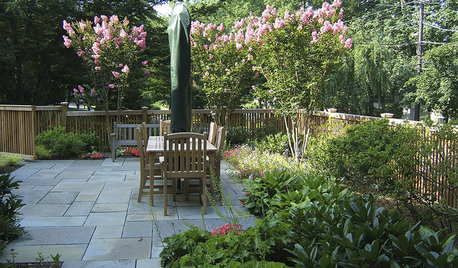
GARDENING GUIDESGreat Design Plant: Crape Myrtle
With long-lasting blooms and gorgeous exfoliating bark, this ornamental tree brings bright color and a unique form to the landscape
Full Story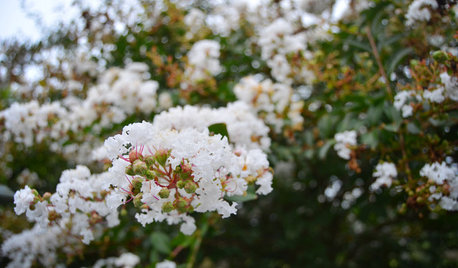
GARDENING GUIDESBrighten Any Garden With White Crape Myrtle
A terrific supporting player to other plants, white crape myrtle can help a walkway or other parts of a landscape gleam
Full Story
DECORATING GUIDESHouzz Tour: Arts and Crafts Cottage Gets a Lively Remake
An interior designer uses color, light and historical touches to brighten up a 1920s Sydney home
Full Story
GARDENING GUIDESHow I Learned to Be an Imperfect Gardener
Letting go can lead to a deeper level of gardening and a richer relationship with the landscape. Here's how one nature lover did it
Full Story
TREES7 Deer-Resistant Flowering Trees to Plant this Fall
If you live in a neighborhood with roaming deer, consider these beautiful trees that won't tempt hungry guests
Full Story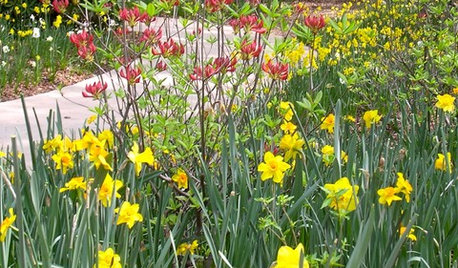
SPRING GARDENINGSpring Fling: Visit a Garden in Full Glory
The Atlanta Botanical Garden is blooming three weeks ahead of schedule. Come take a peek with us
Full Story
GARDENING GUIDES5 Best-Behaved Trees to Grace a Patio
Big enough for shade but small enough for easy care, these amiable trees mind their manners in a modest outdoor space
Full Story
LANDSCAPE DESIGNThe 7 Best Plant Types for Creating Privacy and How to Use Them
Follow these tips for using different kinds of plants as living privacy screens
Full Story
GROUND COVERSGround Force: 10 Top Ground Covers for Your Garden
Protect your soil from weeds and drought this summer with a living mulch of ground covers
Full Story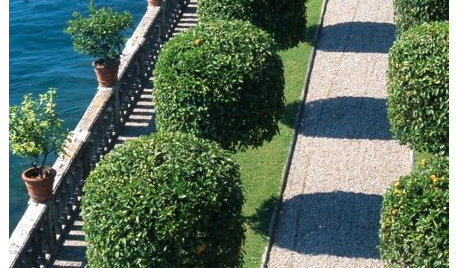
LANDSCAPE DESIGN5 Structural Plants to Frame Your Garden Beautifully
Consider these trees and shrubs live building blocks, providing structure and definition in even a small garden
Full Story






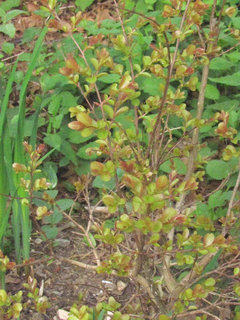
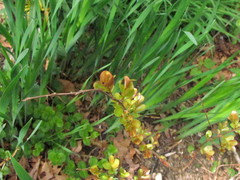
PankajT